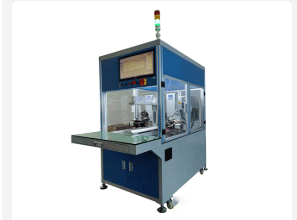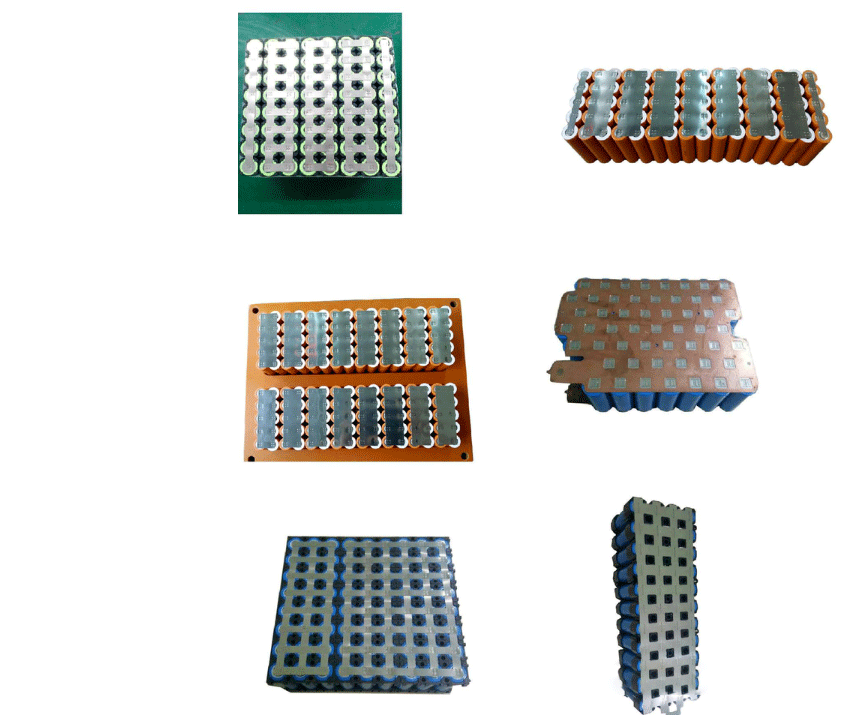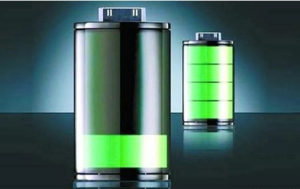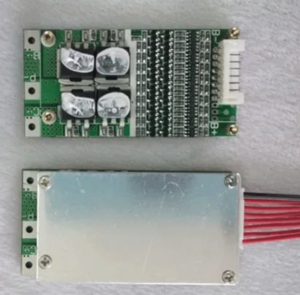1. Lithium battery welding principle
In lithium battery manufacturing, the connection between welding tabs and electrolyte conductors is one of the most important processes. This welding process usually uses high-frequency pulse arc welding technology, which applies instantaneous high-temperature and high-voltage current to quickly melt the electrodes and leads and form a strong connection. Controlling welding parameters is the key to ensuring welding quality. Parameters such as welding temperature, time and pressure need to be strictly controlled to ensure that the temperature and pressure during the welding process can reach the required levels without adversely affecting the materials and structures inside the battery. This ensures the firmness of the welding points and good performance of the electrical connection, thereby improving the service life and safety of the lithium battery.

2. Common welding methods
Commonly used lithium battery welding methods include the following:
1. Resistance welding: This is a common welding method that uses electric current to pass through the welding material to generate heat, causing the welding material to melt instantly and form a welding point. In lithium battery manufacturing, resistance welding can be used to join the positive and negative electrodes and conductive parts of the battery together.
2. Laser welding: Laser welding is a method that uses a high-energy laser beam to heat the welding part, causing the welding material to instantly melt and form a welding point. In lithium battery manufacturing, laser welding is often used to connect battery components and parts, allowing for high-precision and efficient welding.
3. Spot welding: Spot welding is a method that uses electric current to pass through electrodes to generate instantaneous high temperature, which instantly melts the welding material and forms a welding point. In lithium battery manufacturing, spot welding technology can be used to connect the leads to the tabs of the battery.
4. Pull welding method: Pull welding is a welding method that applies heat and tension to the welding part to cause the welding materials to instantly melt and connect. In lithium battery manufacturing, pull welding is usually used to connect the leads and tabs of the battery, as well as to connect the external wires of the battery.
5. Ultrasonic welding method: Ultrasonic welding is a method that uses the heat generated by ultrasonic vibration to weld. In lithium battery manufacturing, ultrasonic welding is often used to connect battery leads and tabs, as well as other components that require micro-size welding.
6. Hot pressure welding: Hot pressure welding is a method that uses heat and pressure to melt and connect welding materials. This method is usually suitable for occasions where welding needs to be carried out on a large area, and can ensure the uniformity and firmness of the welding points.
Each of these methods has advantages and disadvantages, and choosing the appropriate welding method depends on the specific requirements, material characteristics and production process of the lithium battery. In practical applications, appropriate welding methods are usually selected based on specific production needs and technical conditions.
3. Common problems and repair methods of lithium battery tab welding
1. Insufficient strength of the welding workpiece: It may be due to incorrect welding parameters or problems with the quality of the welding materials. You can adjust welding parameters such as welding time, current and voltage and ensure you use high-quality welding materials.
2. Unexpected spatter during welding: This may be due to the welding current being too high or impurities on the welding surface. You can reduce the welding current and clean the welding surface to make sure it is free of impurities.
3. The power indicator light is on and the workpiece is pressed tightly but not welded: It may be due to a malfunction of the welding equipment or poor contact. You can check the power source and wiring of your welding equipment to make sure the equipment is working properly.
4. The solder joints are severely indented and have extrusions: This may be due to excessive welding pressure or unreasonable welding head design. You can reduce welding pressure and optimize welding head design.
5. The solder joint is not penetrated and the nugget is poorly formed or not formed: it may be due to the fact that the welding temperature is not high enough or the welding time is not long enough. You can increase the soldering temperature and time to ensure that the solder joint melts completely and forms a good nugget.
4. Development Trend of Lithium Battery Welding
1. Automation and intelligence: As the level of industrial automation increases, tab welding equipment will become more intelligent and automated, including the use of machine vision, machine learning and automatic control technology to improve welding consistency and efficiency.
2. High speed and high efficiency: With the increase in lithium battery production, tab welding equipment requires higher production efficiency, so the future development trend will be to achieve higher speed and higher efficiency welding.
3. Green and environmentally friendly: With the increasing awareness of environmental protection, pole welding equipment will tend to be more environmentally friendly, energy-saving and low-emission, using more environmentally friendly welding processes and materials.
4. High precision and high quality: As battery products have higher and higher quality requirements, tab welding equipment will develop towards higher precision and higher quality welding to ensure the reliability and consistency of welding points.
5. Multi-functionality: Future tab welding equipment may develop in a multi-functional direction and be able to adapt to the welding needs of different specifications and types of battery products to improve the flexibility and applicability of the equipment.
In general, the development trend of tab welding equipment will be automation, intelligence, high speed and efficiency, environmental protection and energy saving, high precision, high quality and multi-functionality. I hope the above article suggestions are helpful to you. If there are other problems, it is recommended to seek professional welding engineers for on-site inspection and adjustment.




